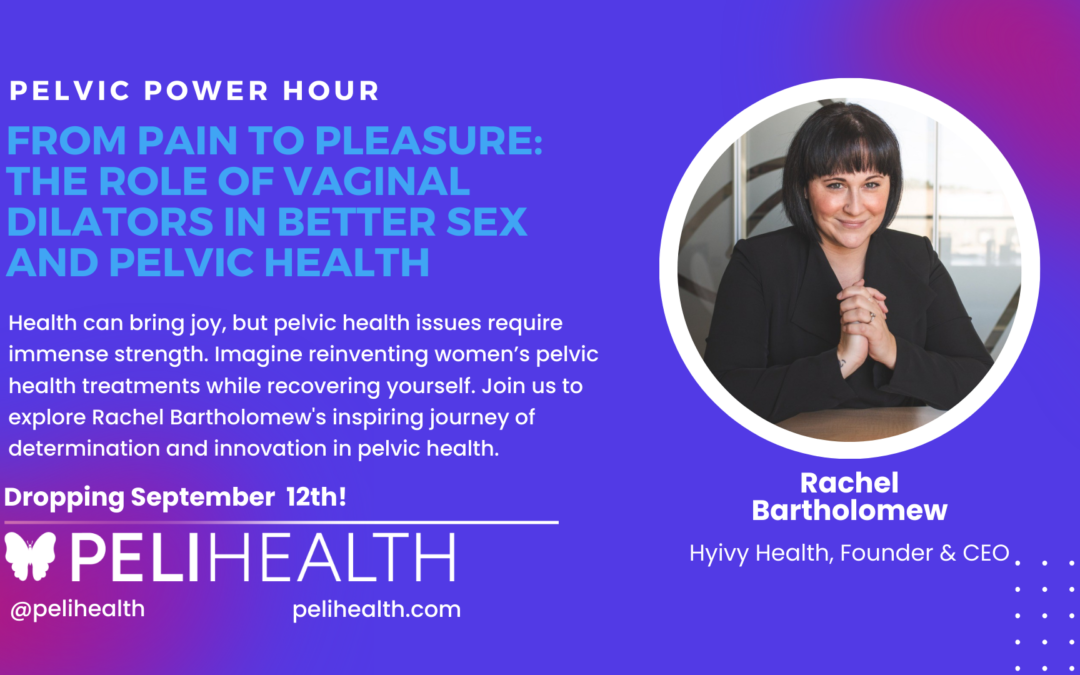We continue our ‘ask the expert’ session with Marisa Swain, Founder of PTS Fitness Pilates, UK, on the benefits of Pilates and its impact on the pelvic floor. She’s spent over twenty years as an all-inclusive Pilates teacher, offering classes to suit everyone regardless of age, gender and ability.
Marisa, we hear a lot about Pilates improving your ‘core strength’. What does that actually mean?
Marisa: People tend to think of ‘core’ as their abdominals, and the need to do sit ups. But the core is actually your torso, it’s your abdominal muscles, your back muscles, the muscles at the side of your body, to the internal and external obliques, it’s into your spine and your pelvic floor muscles. It is key to really get into a deeper level into the core muscles, the muscles closest to the pelvis and one being the transverse abdominis. This is like an elastic band around the whole body and the one that supports us and makes us sit up and makes us lean.
How does focusing on your breathing help strengthen your pelvic floor muscles with Pilates?
Marisa: Breath is crucial to promoting good pelvic floor health. As we breathe in, our inhalation breath, our abdominals, our diaphragm and our pelvic floor muscles are relaxed, as we exhale, our exhalation breath is so important because that is where the diaphragm rises and as it rises it pulls the abdominals with it and the pelvic floor muscles so everything is strong and contracted on that outbreath, and the stronger the core muscles are, the stronger the pelvic floor muscles will be. Breath is key. Before even going to a pilates class, you can start working on your pelvic floor health just by doing some breathing exercises, a technique known as diaphragmatic lateral breathing.
Many women are conscious of taking care of their external appearance, but what about internally, how can Pilates help with issues such as bladder control?
Marisa: By strengthening the core muscles we automatically strengthen our pelvic floor health which will help with bladder control. It doesn’t mean working on our core strength alone will eliminate these issues, the pelvic floor helps the muscles control the bladder, the more core strength we have the bladder will be.
Exercises aside, what else can we do at home ourselves to support our pelvic health?
Marisa: We have something called the Vagus nerve. The vagus nerve is the main nerve in the parasympathetic nervous system. The vagus nerve is responsible for the regulation of our internal organ functions. Your parasympathetic nervous system is a network of nerves that relaxes your body after periods of stress or danger – this means rest and digest. A long slow exhale helps to stimulate the vagus nerve. The vagus nerve has connections between brain and body and when stimulated can decrease heart rate, help with calmness, relaxation and digestion.
There are also exercises you can do to stimulate this nerve through ear massage. This then helps rest the body, so our breathing comes into alignment, our heart rate lowers, and this is important because we hold more tension in the pelvic floor than any other area in our body. So, if we can calm the parasympathetic nervous system, we can calm the tension in the pelvic floor, so it all works holistically in our body, homing in on pelvic floor health through breathing and having that mind, body connection.


